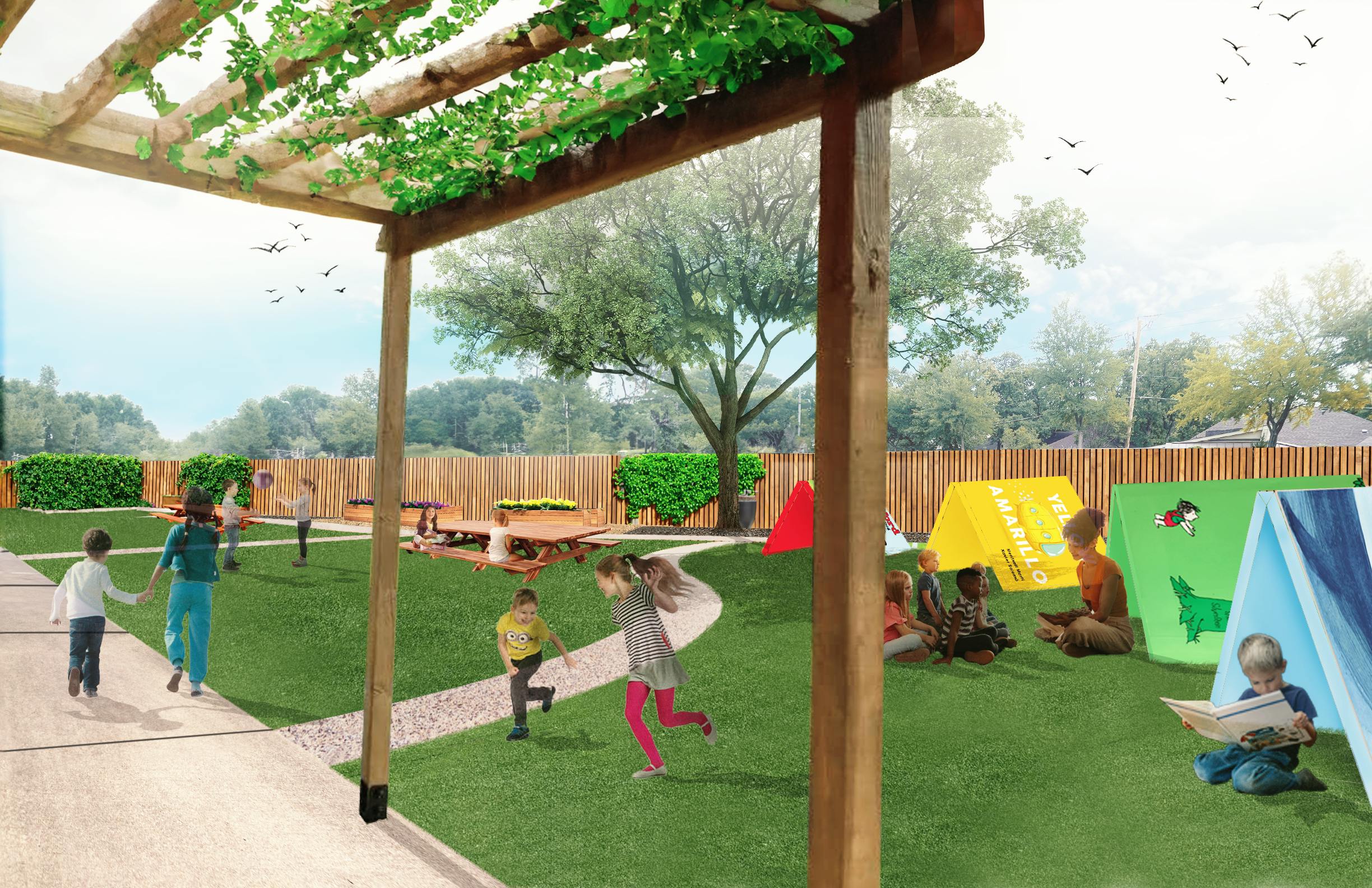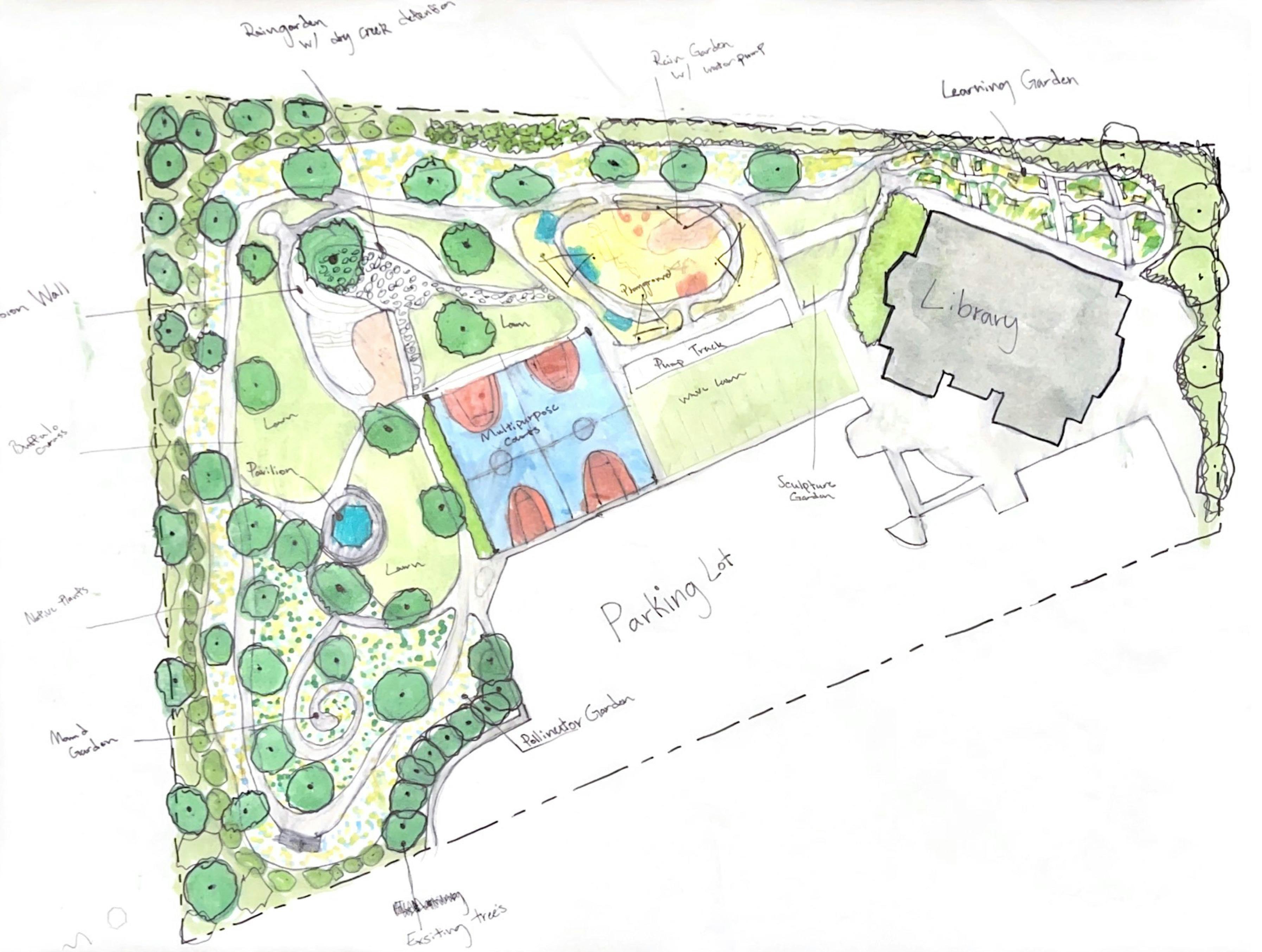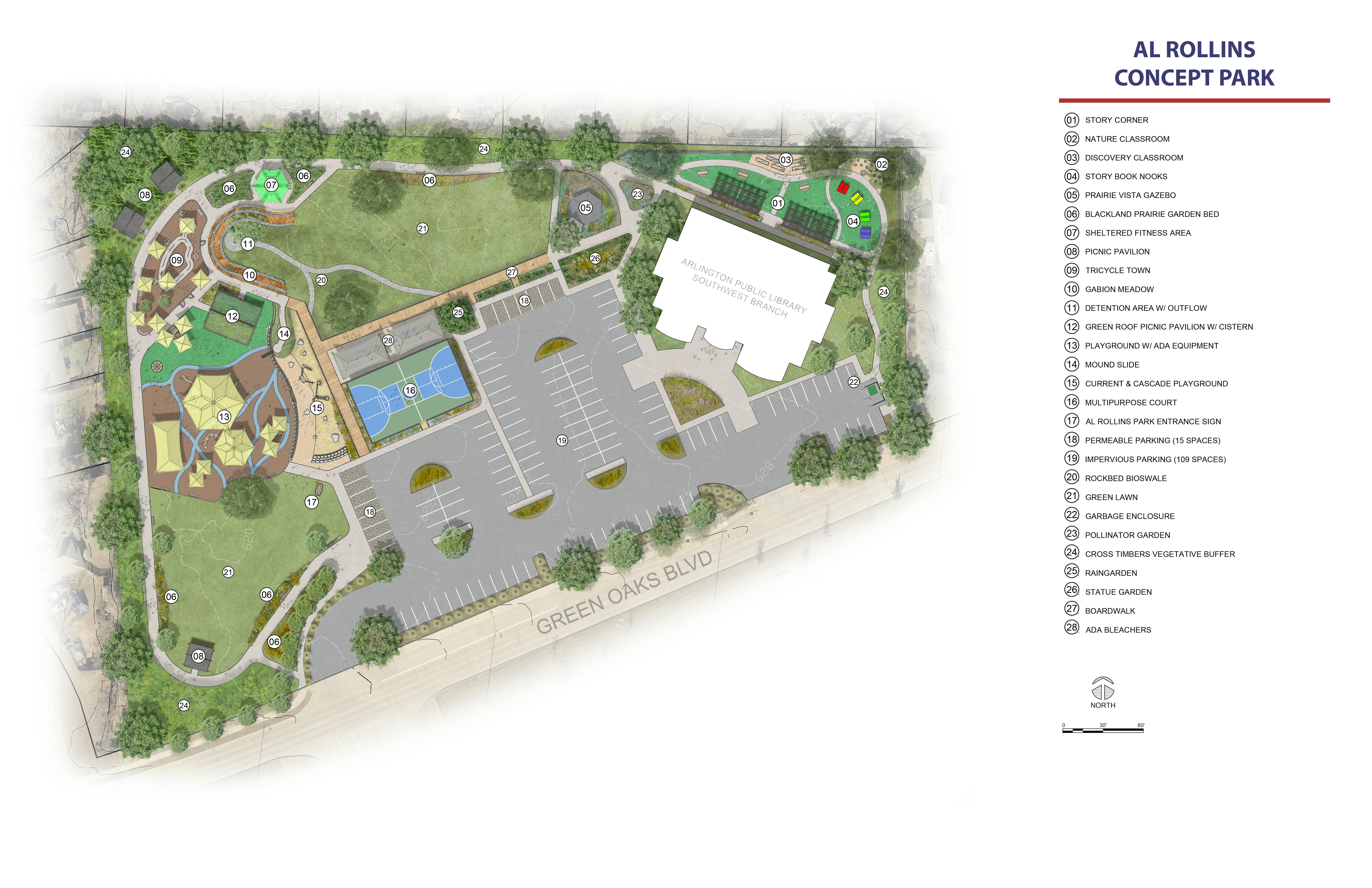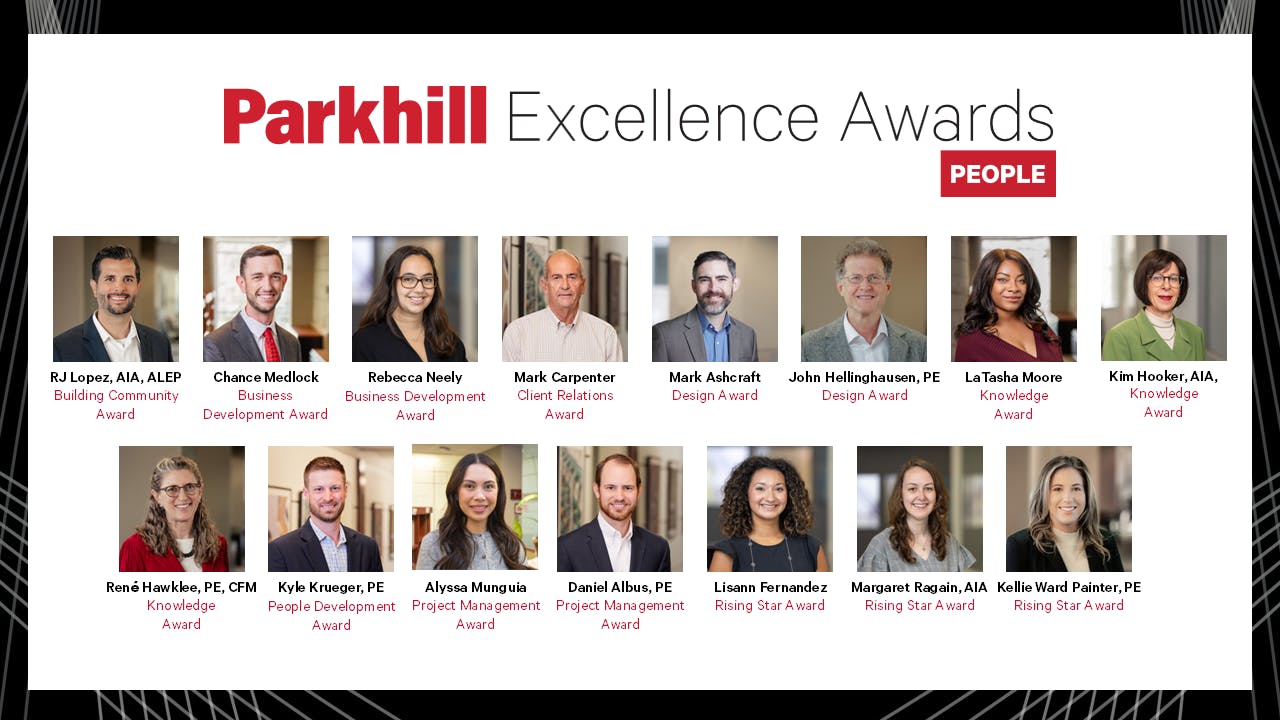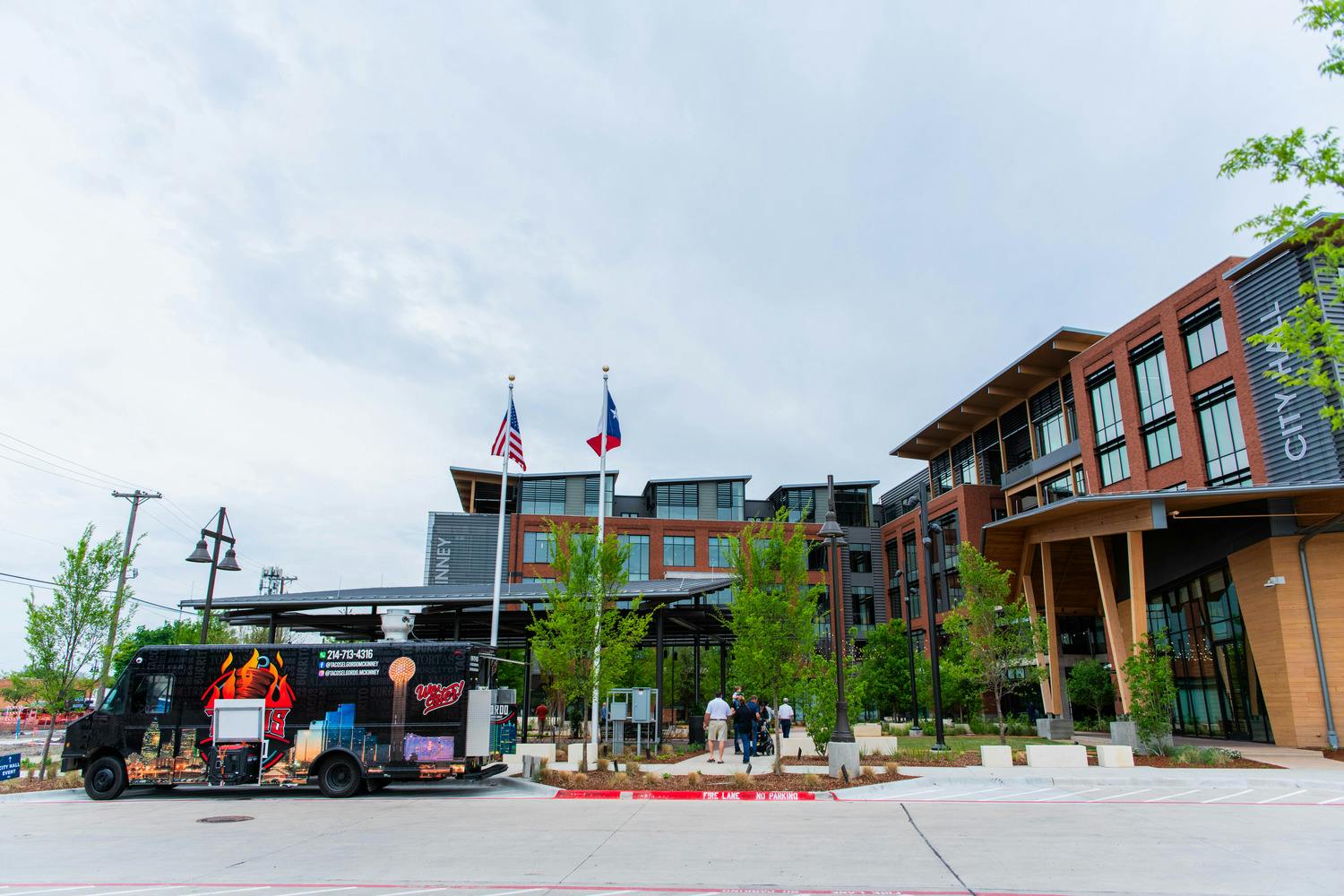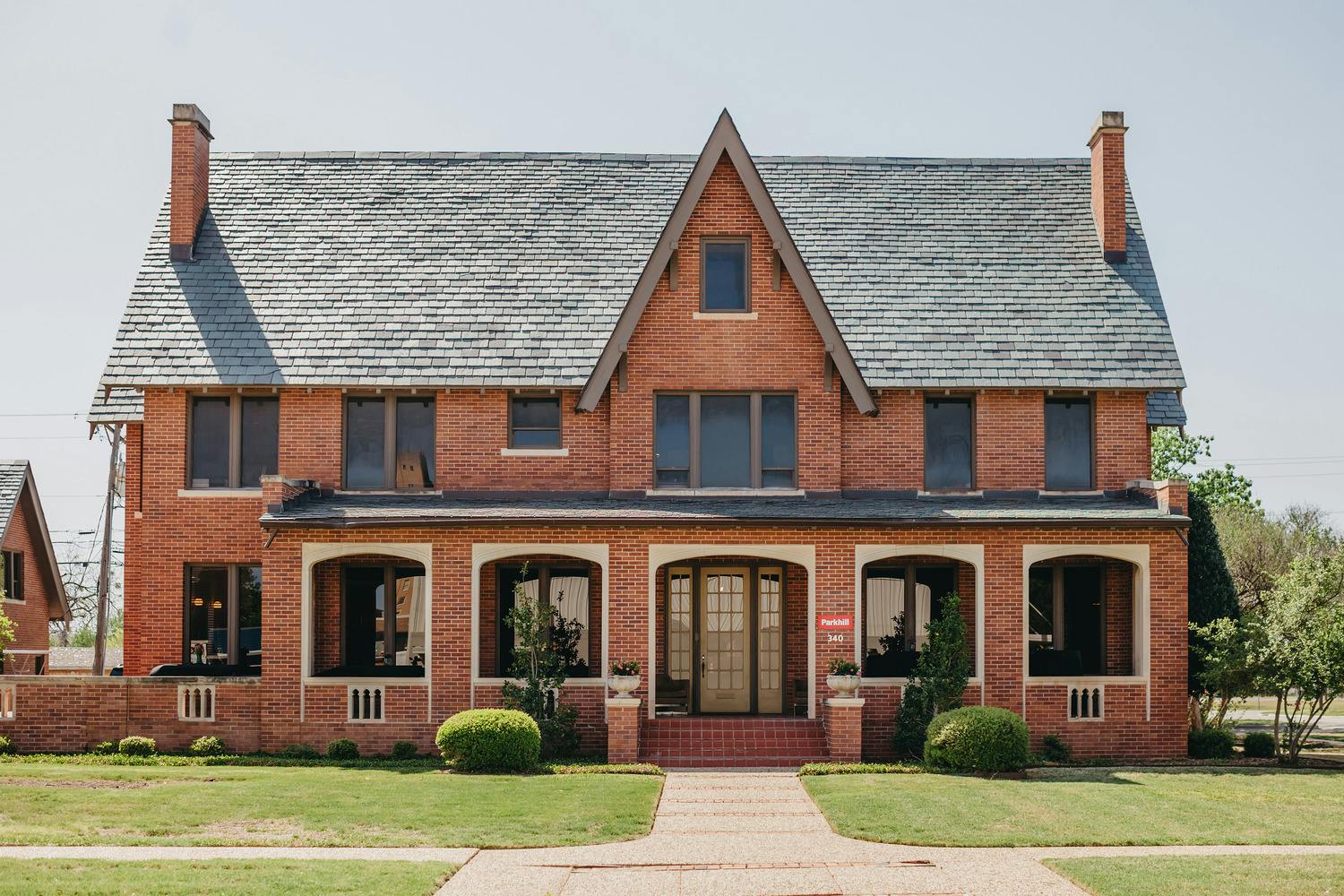The Community Makes a Perfect Partner for Inclusive Design
Category: Landscape Architecture
Written By: Jonathan Mata
Date: July 26, 2023
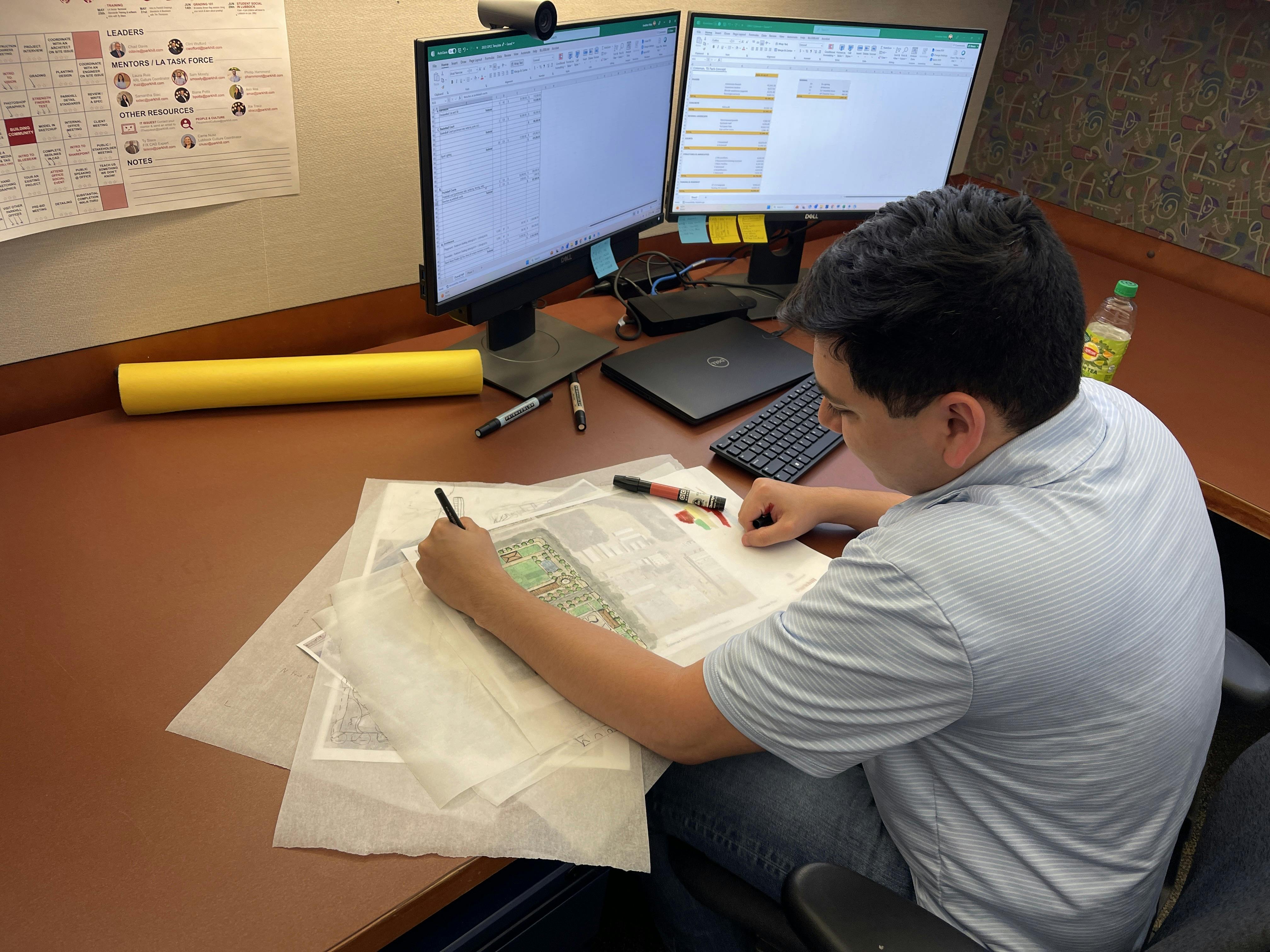
Summer Intern Blog Series: At Parkhill, our internship program gives us the opportunity to shape and mentor the next generation within our industry. These young professionals not only get real life experience and guidance with our architecture and engineering teams, but many go on to have successful careers with us here at Parkhill.
Recently, the Landscape Architecture interns participated in a site visit analysis and conceptual design exercise at Al Rollins Park, a Parkhill pro bono project in Arlington, Texas. Throughout his career, Albert W. Rollins, PE, the namesake of the future park, served as the City Engineer, Director of Public Works, Director of Utilities, and the City Manager of Arlington.
Over the next few weeks, this summer blog series will highlight their experience in their own words as they reflect on the knowledge and insights they gained during their time with Parkhill.
My name is Jonathan, and I am studying Landscape Architecture at Texas Tech University. I am currently on a summer internship with Parkhill and while I am only a couple weeks into the program, I believe I found my future here. I really like the variety of projects Parkhill offers to interns and I recently participated in a site visit analysis and conceptual design exercise at Al Rollins Park.
A Collaborative Journey
During my studies at Texas Tech, they taught us to put a heavy emphasis on looking at things analytically, which I think is a strength I was able to bring to this project. Visiting the site in person helped me get a full understanding of what already exists at the park. I saw a lot of opportunities in the area where it is mostly open lawn. One constraint I noticed was the noise pollution from a nearby street that it also next to a fire station, which is funny because the building is located right next to it is a public library.
While I gathered data, it was important to try to understand what the community wants for their park as well as the requests from the Al Rollins family. From there, I started to program the areas based on the feedback while trying to mitigate the noise from the street. I also took inspiration from the natural eco regions of where the site is located so I could incorporate it into the design.
Because of their input, this park was essentially designed by the community to better suit their needs now and into the future.
A Shared Vision
I wanted the park to be a place for everyone, so inclusivity was a top priority when I began programming. The community overall wanted a more natural park instead of a more urbanized park. With this in mind, I used more natural materials and vegetation for the play elements and structures. I believe this will help children gain a better understanding of the natural world we live in and open their imaginations.
The Al Rollins family wanted to tell the story of Al Rollins. I programmed interpretive signage and engineering features that could tell their story effectively. The park is here to promote the natural environment of Arlington and celebrate the achievements of Al Rollins while offering spaces for the nearby public library to use, multipurpose court, playgrounds, and its educational outdoor spaces. Because of their input, this park was essentially designed by the community to better suit their needs now and into the future.
A Guided Path to Progress
For me, I enjoy conceptual designing because it feels like daydreaming about the potential for a space. Whenever I would run into a creative block, I turned to my mentor Sam and others for help to get me back on track on making everything to be cohesive and connected. Working with the other interns has given me an insight into how others start their design process and how they work through problems. When I would go over to their desk and see how they designed something, it impacted me because of the different ideas they had for the park and how they see various parts of the site. This project was really fun for me and helped me understand what it is like to design with the community.
For more from our Summer Intern Blog Series, check out:
The Intersection of Creativity and Relevance
A Site’s History Can Create New Beginnings While Honoring the Past
How Collaboration Leads to Inspiration
Making Connections Through the Power of Design
